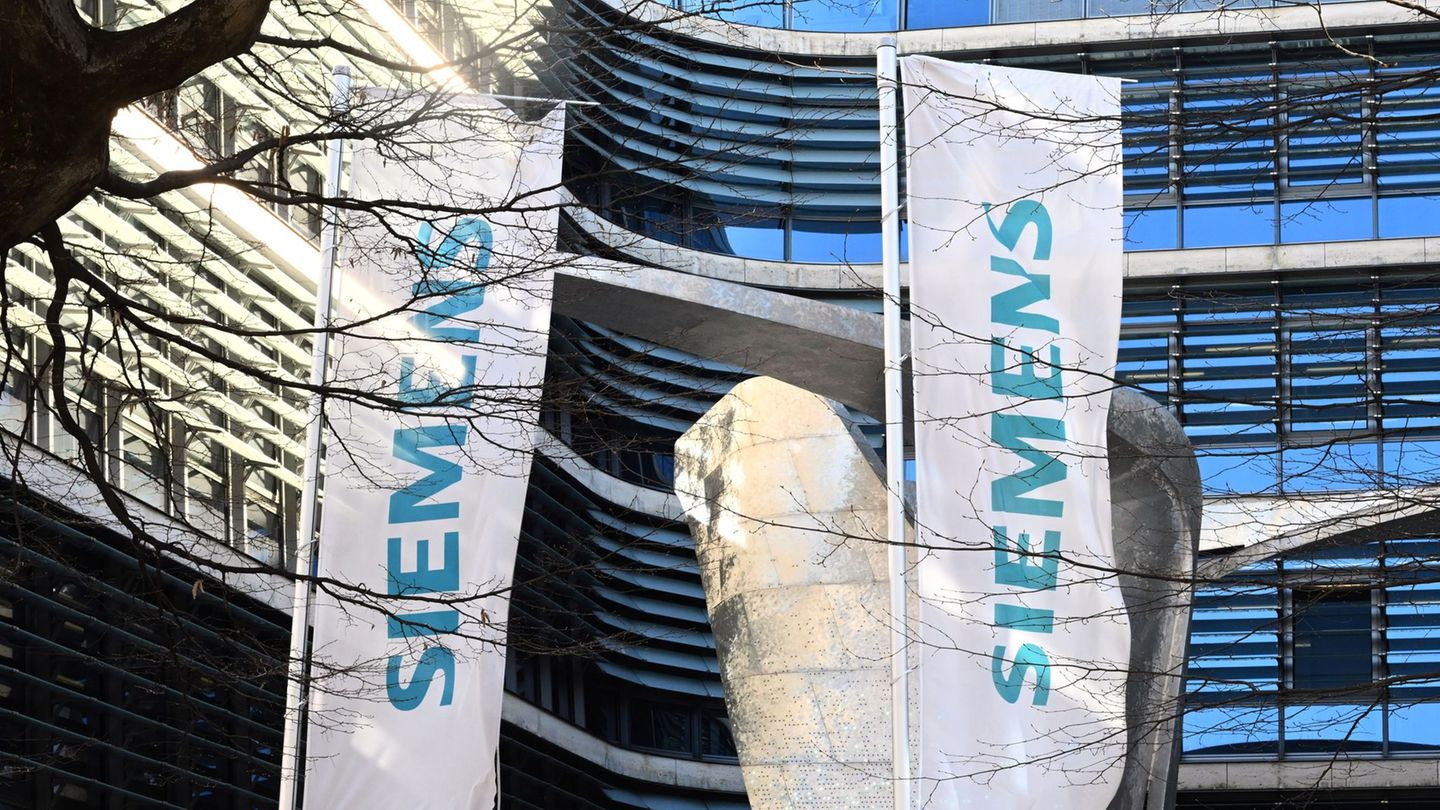He Central Bank of Uruguay (BCU) has disclosed important information in recent days to configure the macroeconomic scenario in 2024, which is just beginning. On the one hand, the Economic Expectations Survey shows that most analysts expect a recovery of the economy after a 2023 year of low growth. The median of the responses in the projection of GDP They place it with an increase of 3.2%. In turn, the Inflation Expectations Survey marked a significant drop in the projection for this year, placing the median response at 6.05% (four tenths less than the previous month).
In both indicators the economic team – and especially the Central bank-, They are more optimistic. As for the growth, The monetary authority proposes a projection of 4% average for 2024 and 2025. This emerges from the Monetary Policy Report (IPOM) that was released in the last few hours, another very relevant document to not only incorporate the data managed and projected by the BCU, but to know what is the context that bases the projections. To define said growth rate, the center proposes that the Uruguayan economy will improve after the lackluster year 2023, with a recovery of the agro and the energy sector (affected by the drought) and will have an important boost due to the expansion of the domestic consumption, while external demand increases more moderately.
Regarding inflation, it indicates that it will remain within the Target Range of 3 to 6% in the period determined by the Monetary Policy Horizon (HPM), This is 24 months ahead (years 2024 and 2025). Days ago at the meeting of the Macroeconomic Coordination Committee The economic team proposed a inflation projection of 4.9% for this year, which would mark a new low in almost 20 years.
This improved scenario for 2024 has 2 uncertainties. On the one hand, the fiscal situation: the deficit The consolidated figure of the State is at 4.2% and given that 2024 is an electoral year, there are well-founded doubts that it will have a substantive correction. The government argues that an increase in the deficit was expected due to the negative effects that occurred in 2023. (drought, Argentine crisis) but that this year the economy will improve and the deficit will decrease. But beyond a recovery in income, the spent has had a strong real increase (especially due to the increase in salary expenses) and it seems difficult for this to be corrected, especially in a year of elections.
Graf.jpeg
What will happen to competitiveness?
The other point of uncertainty is the competitiveness. Own IPOM establishes that there is a exchange gap of 13%, between the current (effective) exchange rate and the fundamentals (the level at which it should be in accordance with the current fundamentals of the economy), which is usually referred to as “exchange delay”. And it is possible that this delay is also among the causes of the poor performance of 2023. It seems clear that the increase in purchasing power in dollars of the Uruguayans was one of the causes of the barrage of spending that the orientals deployed abroad (mainly in Argentina), with the consequent negative impact on local consumption and commercial activity.
And since in macroeconomics all the variables are tied, this exchange effect is surely affecting the deficit, since lower local consumption generates less collection; Beyond this “diversion” of spending abroad, the propensity to consume imported goods in the local market does not decrease, but the revenue associated with the consumption of these items (mostly denominated in dollars) does not advance in real terms, as Yes, the expense has. As an example, the vehicle sales 0 km marked a historical maximum, but the collection of the IMESI of automobiles remained in current pesos, that is, it fell 4.9% in real value.
With real wages to the rise and exchange rate delay, the public spending rises above State income and the deficit increases. Of course, the matter was exacerbated by the Argentine crisis and – logically – Uruguay It cannot define its economic policy (especially monetary policy) based on the wobbles of its neighbor. But there are local consequences of the chaos on the other side of the pond, which cannot be ignored. We are much better… but we are close.
Exchange delay and inflation
Now: without the referral exchange delay would you have lowered the inflation so forcefully in 2023? Surely not so much. And consequently: can this exchange rate gap be reduced by maintaining the objective of retaining inflation in the target range this year? The challenge is difficult, although not impossible. There will surely be less food price pressure in the CPI: Fruits and vegetables should normalize their values and several commodities are falling (including oil, although with volatility and uncertainty). However, the rest of the world is also lowering inflation rapidly, so the exchange rate lag is more difficult to correct.
The problems of competitiveness-price -if they remain for a long time-, they can become increasingly difficult to resolve; and given that 2024 is an election year, there is a high probability that the problem will persist. But in the long run it adjusts, by hook or by crook.
Even with these considerations, Uruguay maintains a robust institutional profile and with a fairly broad consensus that the fiscal deficits They cannot remain high, even though the increase in debt that this entails can be sustained (with limits) by the country’s good external credit. In the long run, Uruguay you have to improve your competitiveness, maintain and increase investment (and with it productivity) and move forward with reforms that contribute accordingly. These are not easy matters to agree on and execute.
This year, surely economy will grow more and keep the inflation. In the long term, the challenge is greater.
Source: Ambito




